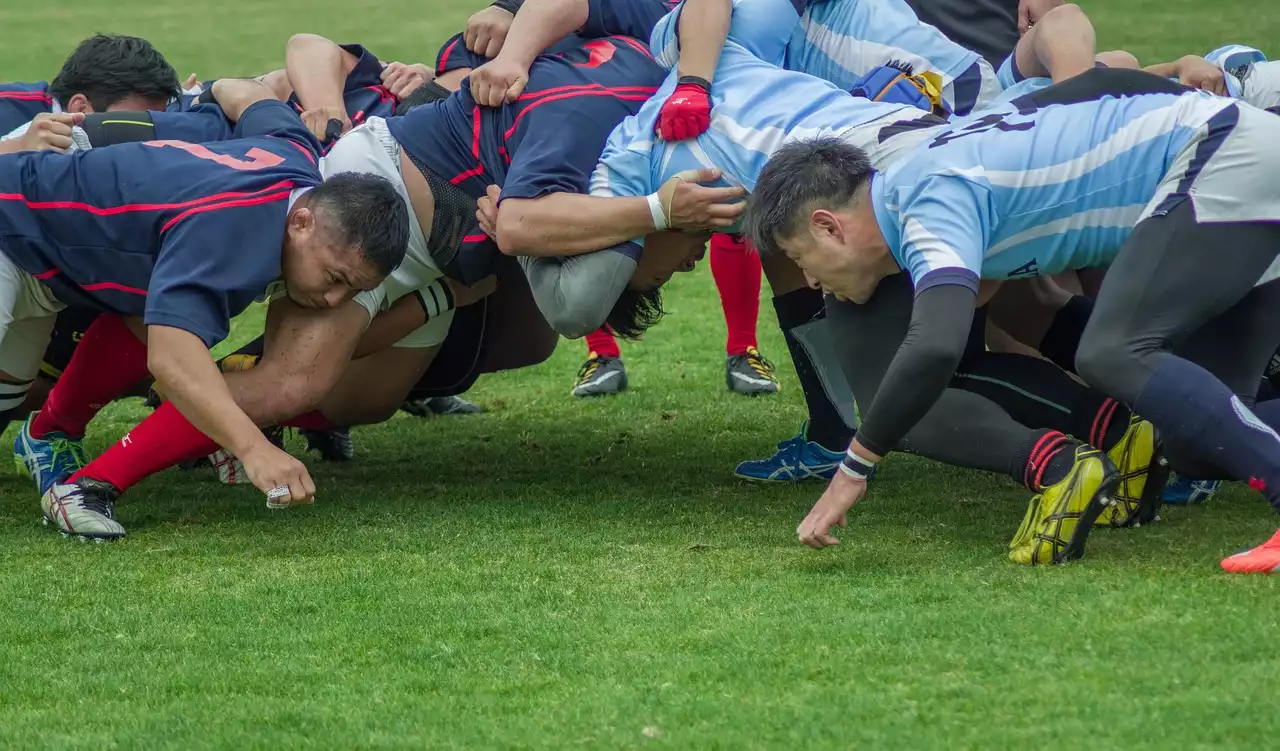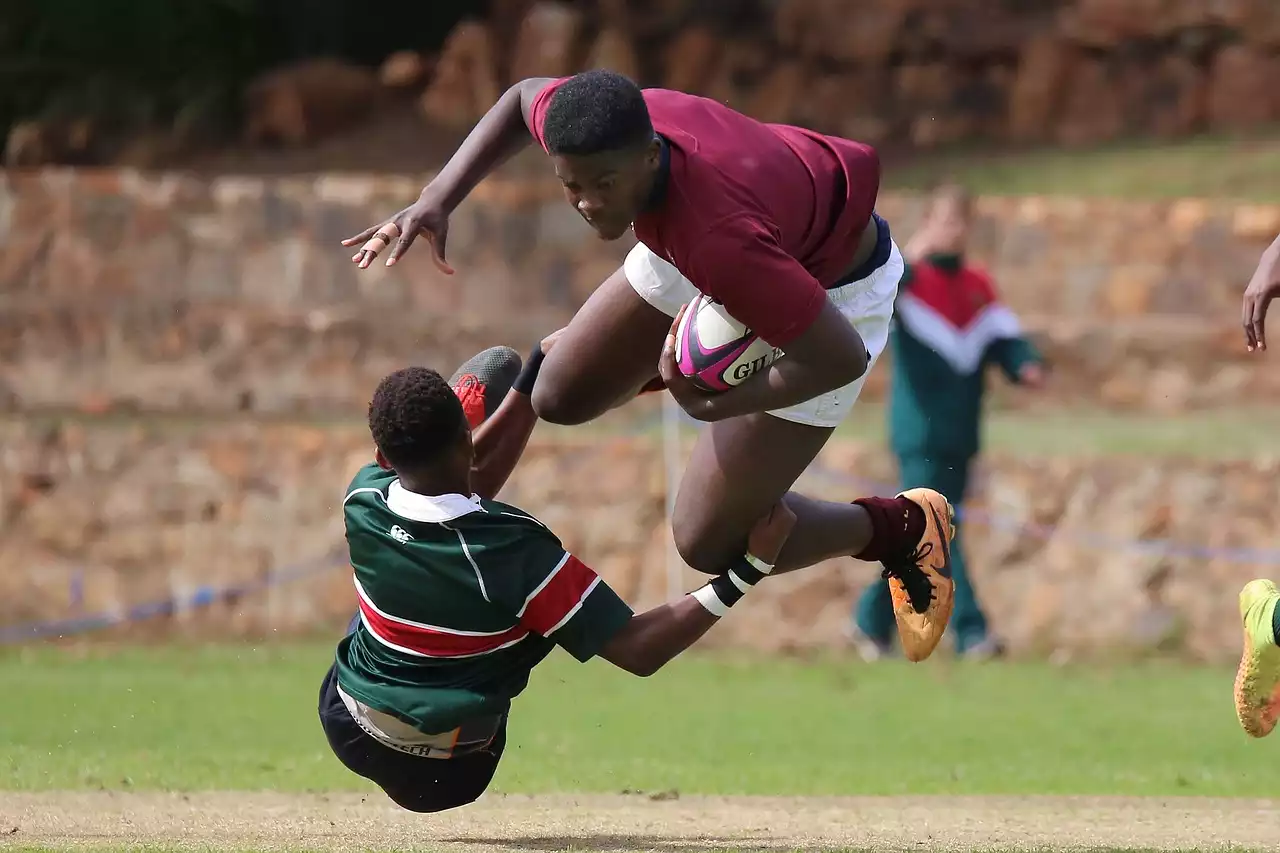What Is the Offside Rule in Rugby?
The offside rule in rugby is a law that states that any player who is ahead of the ball in an attacking set-up is deemed to be offside. This means that if a player is standing in a position closer to the opposition's goal line than the ball, they are offside and must move back behind the ball before they can be involved in the play. This rule helps keep the game fair, as it ensures that no team can gain an advantage by having players too far up the pitch.
The offside rule is one of the most important rugby laws, and all players must understand it. It's designed to ensure that the attacking team can't get too far ahead of the ball, which would give them an advantage over the defending team. It also helps keep the game open and fair, as it prevents the attacking team from simply running around the defenders to score.
Why Is the Offside Rule Important?
The offside ruleessentialtant as it helps to keep the game fair and open. It prevents one team from gaining an unfair advantage by having players too far up the pitch. It also means that offside players must move back behind the ball before they can be involved in the play, which helps to ensure that the game remains open and that the attacking team can't simply run around the defenders to score.
The offside rule also helps the defending team, as it ensures that they have time to set up their defensive line and gives them a chance to protect the try line. This helps to ensure that the game remains competitive and that both teams have a fair chance of scoring.
When Does the Offside Rule Apply?
The offside rule applies in both attack and defense, and it applies to all players on the pitch. This means that any player ahead of the ball in an attacking set-up is deemed to be offside, and they must move back behind the ball before they can be involved in the play.
The offside rule also applies when the ball is kicked. This means that any player who is ahead of the kicker when the ball is kicked is offside, and they must move back behind the kicker before they can become involved in the play.
Implications of the Offside Rule
The offside rule has several implications for how the game is played. Firstly, it means that the attacking team can't simply run around the defenders to score, as any player ahead of the ball is deemed to be offside and must move back behind the ball before they can become involved in the play. This helps to ensure that play remains open and fair.
The offside rule also has implications for the defending team. It allows them to set up their defensive line, which helps to protect the try line and gives them a chance to stop the attacking team from scoring.
How to Determine If a Player Is Offside
When determining if a player is offside, it's important to remember that the offside law only applies when the ball is in play. This means that any player ahead of the ball is deemed to be offside, and they must move back behind the ball before they can be involved in the lay.
To determine if a player is offside, it's important to pay attention to where the ball is. If a player is ahead of the ball, then they are offside and must move back behind the ball before they can become involved in the play. If a player is behind the ball, then they are not offside and can become involved in the play.
Examples of the Offside Rule in Action
The offside rule can be seen in action during a typical game of rugby. For example, when the ball is kicked, any player ahead of the kicker is deemed to be offside and must move back behind the kicker before they can become involved in the lay. Similarly, when the ball is passed, any player who is ahead of the passer is offside and must move back behind the ball before they can become involved in the lay.
In addition, during a set piece such as a scrum or a lineout, the offside rule applies to any player who is beyond the point of the ball. This means that any player who is beyond the ball is offside and must move back behind the ball before they can become involved in the play.
Strategies for Avoiding the Offside Rule
The best way to avoid the offside rule is to ensure that all players know where the ball is at all times. This means that players should be aware of where the ball is about themselves and should move back behind the ball if they are in an offside position.
In addition, it's important to ensure that all players are aware of the offside law, so that they know when they are in an offside position and when they must move back behind the ball. This will help to ensure that the offside rule is not broken and that the game remains fair and open.











